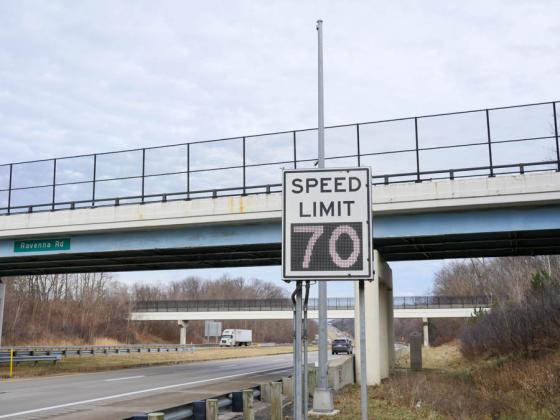Variable speed limits (VSLs) have been shown to reduce crashes on freeways, in some cases by more than half, according to recently released data from the state of Ohio and the Federal Highway Administration (FHWA).
Traditional speed limits consider traffic volume, operating speeds, road features and crash history. They are based on standardized data despite the fact road conditions can change quickly. VSLs can account for those changes in real time, lowering speed limits incrementally for road congestion, work zones, inclement weather and accidents.
VSL’s are one of several proven safety counter measures, a collection of 28 strategies that can reduce serious and fatal crashes. Other VSL include bicycle lanes, medias and pedestrian refuge islands, rumble stripes and roundabouts.
VSLs can reduce the total crash rate by 34%, and fatal and injury crashes by 51%, according to the DOT.
Both the Ohio Department of Transportation (ODOT) and the Texas Department of Transportation (TxDOT) have started implementing VSL measures with similar success.

